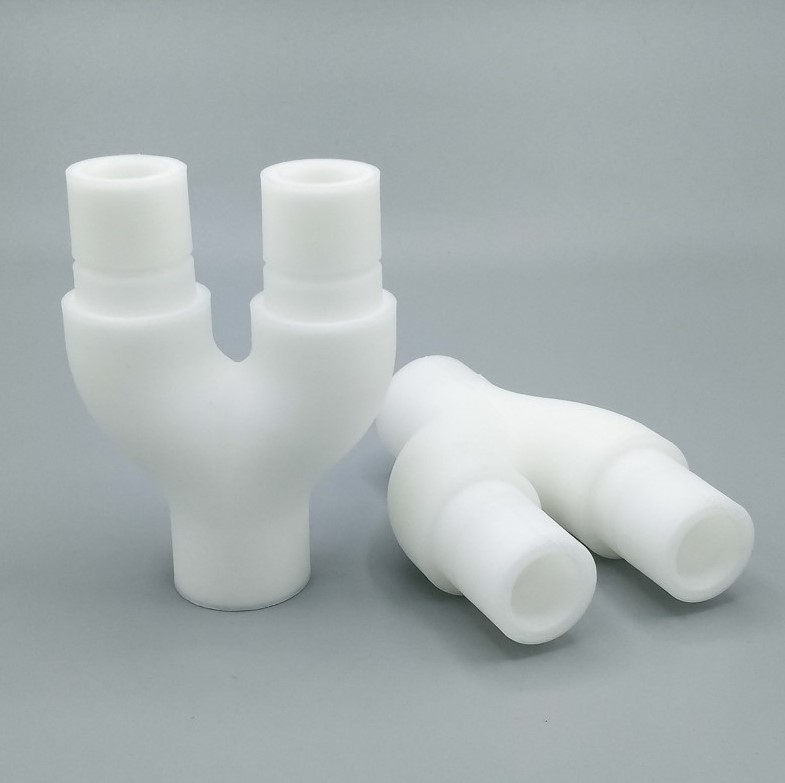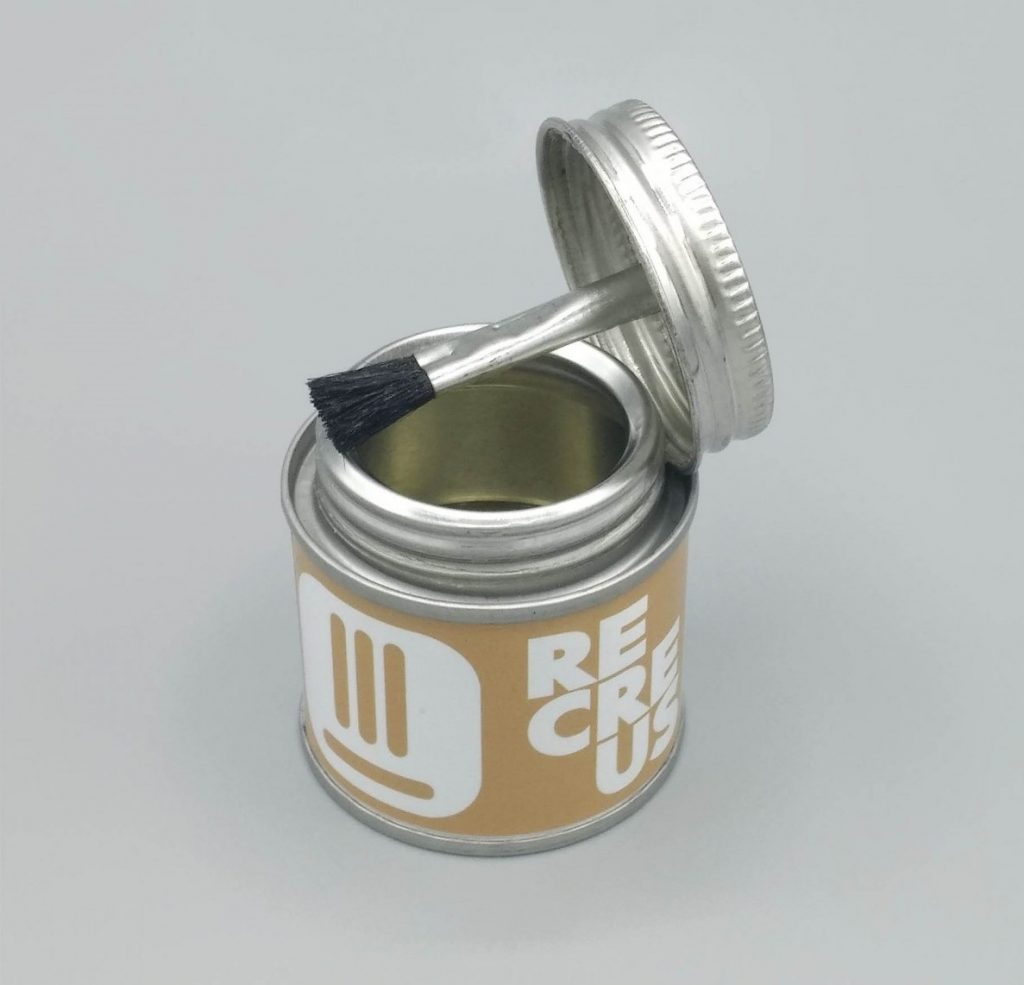Spanish feedstock manufacturer Recreus has launched its latest thermoplastic filament – PP3D (polypropylene). The notoriously difficult-to-print-with material includes a primer which is to be applied to the print bed before every print. Recreus claims that the primer allows the polypropylene filament to be printed with ease, delivering “maximum adhesion of the material to the bed”.
Chemical-resistant and durable
Polypropylene’s chemical-resistant and durable nature makes it suitable for a number of domestic and industrial applications. We commonly see the material being used for food and drink containers, chemical packaging (like bleach bottles), medical syringe components, and even for the dashboards of cars. For technical businesses looking to 3D print the material, PP3D would be suitable for functional prototypes that require electrical insulation, heat resistance, acid resistance, salt resistance, and oil resistance. According to Recreus, PP3D complies with European directives on food contact materials, although 3D printing food containers is generally advised against regardless of the material.
The filament was developed with the aid of polyolefin specialist Repsol, and is currently offered in black and white. The recommended printing temperature is 235°C with a print speed of 40mm/s. A full list of recommended parameters can be found here.

Recreus PP3D primer
Seemingly, the thing that sets Recreus’ polypropylene filament apart from the rest is the inclusion of the specialist primer in the box. The primer is there to provide adhesion, preventing warping and deformation during the printing process. It’s worth noting that the primer reaches maximum adhesion at only 40°C and begins to peel off at 80°C, so users are able to work with extremely low bed temperatures. This reduces energy consumption and extends the operational life of the heated components in the printer.
For the primer to be successful, users are advised to wait five minutes after application to allow the primer to dry on the bed. During printing, the bed should be set to 40°C and when the part is finished, cranking it up to 85°C will see the printed part fully released with minimal force required.

As 3D printing systems advance, so do the filaments we use with them. Published earlier this year, a study by researchers from the Beijing University of Chemical Technology details the development of a starch-infused polycaprolactone (PCL)-based composite filament for use with low-temperature FDM machines. The researchers then further functionalized the filament via the addition of bioactive ingredients, giving it antibacterial properties. Elsewhere, in a US Army materials lab, a new multi-polymer high strength filament designed to be used with low-cost 3D printers has been created.
The nominations for the 2020 3D Printing Industry Awards are now open. Who do you think should make the shortlists for this year’s show? Have your say now.
Subscribe to the 3D Printing Industry newsletter for the latest news in additive manufacturing. You can also stay connected by following us on Twitter and liking us on Facebook.
Looking for a career in additive manufacturing? Visit 3D Printing Jobs for a selection of roles in the industry.
Featured image shows parts 3D printed using PP3D. Image via Recreus.



